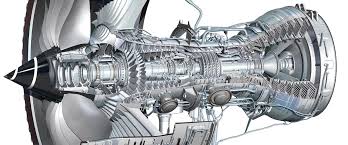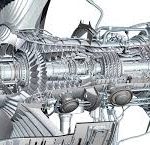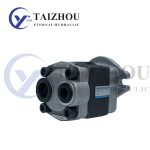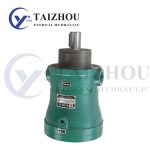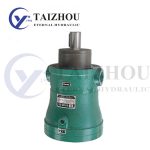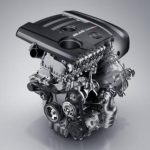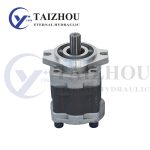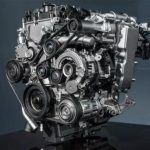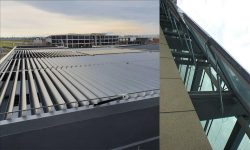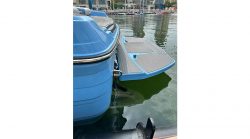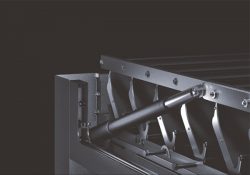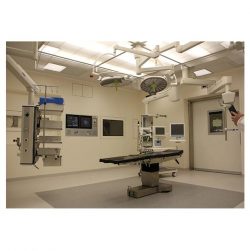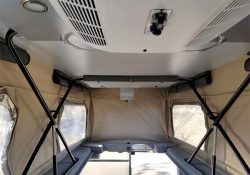Eaton Char-Lynn Motor , Turbine Motor – Considerations
The Eaton Char-lynn Motor emphasizes that all turbine motors share common operational considerations, including motor temperature limits, hot start, foreign body damage, compressor stall and flameout. These potential problems are important for understanding, especially in the turbo motor overhaul industry.
A. motor temperature limit
The turbine inlet temperature is where the highest temperature occurs in any turbine motor. This makes the turbine inlet temperature a limiting factor in turbine motor operation.
B. motor hot start
Hot start means that the exhaust gas temperature (EGT) exceeds the safety limit of the turbine motor. This can happen when there is too much fuel and air entering the combustion chamber or when the turbine is running low. Suspension start means that the motor fails to accelerate to the proper speed or does not accelerate to a sufficient idle speed r.p.m. This may be caused by insufficient battery or fuel system components.
C. Foreign body damage
Debris uptake in turbine motors is common due to the design and function of the air intake. External object damage (FOD) usually consists of small scores and dents when small objects on the runway or taxiway are drawn into the motor by the air intake. These fragments usually cause nicks and dents, but usually do not cause serious damage. However, bird impact or ice intake can cause sufficient damage to the turbine motor, causing the entire motor to be destroyed. Therefore, prevention of FOD is a high priority.
D. Compressor stall
A simple definition of compressor stall is the imbalance between inlet speed and compressor speed. When the compressor blade angle of attack exceeds the critical angle of attack, a smooth airflow is interrupted and turbulence is created. The compressor gear position can be intermittent or stable. The recovery of the compressor stall must be accomplished quickly by reducing power, reducing the angle of attack of the aircraft and increasing the airspeed. Very subtle throttle changes are the order of the day!
E. Flameout
When a fire in a turbine motor is inadvertently extinguished, it is called a flameout. When an over-rich mixture causes the fuel temperature to drop below the combustion temperature (referred to as rich burnout), it is usually caused by very fast motor acceleration. Sometimes, flameout occurs due to low fuel pressure and low motor speed, especially in wet, cold weather and air turbulence.
F. Thrust change
motor thrust varies with air density. Turbine motors are subject to high relative humidity and the thrust is reduced as the air density decreases. Turbine motors experience thrust losses at high relative humidity.
Operational precautions must be understood when flying or working on a turbine motor. Knowing why the motor may have a hot start or what to do during compressor stall is necessary to determine what needs to happen during aircraft maintenance.
https://www.xjetl.com
